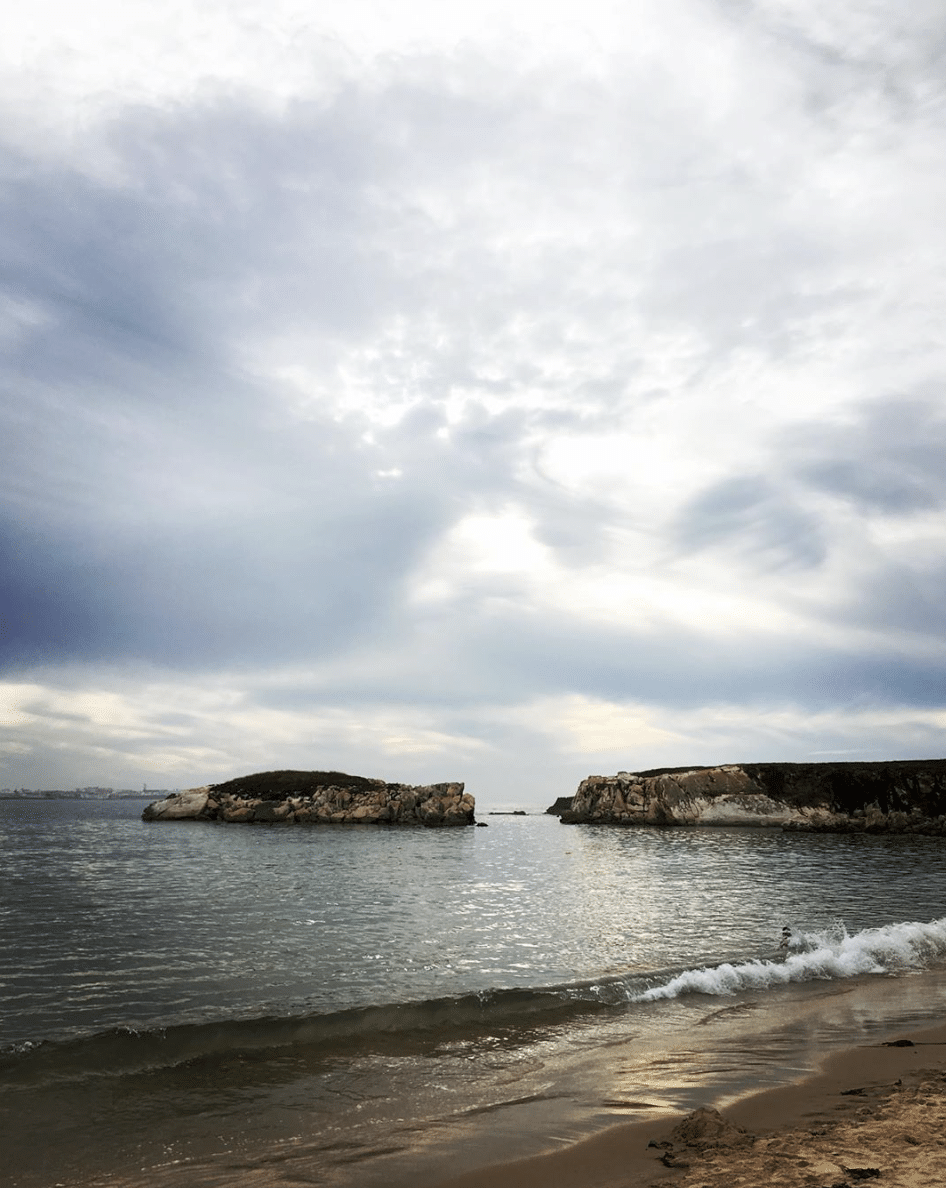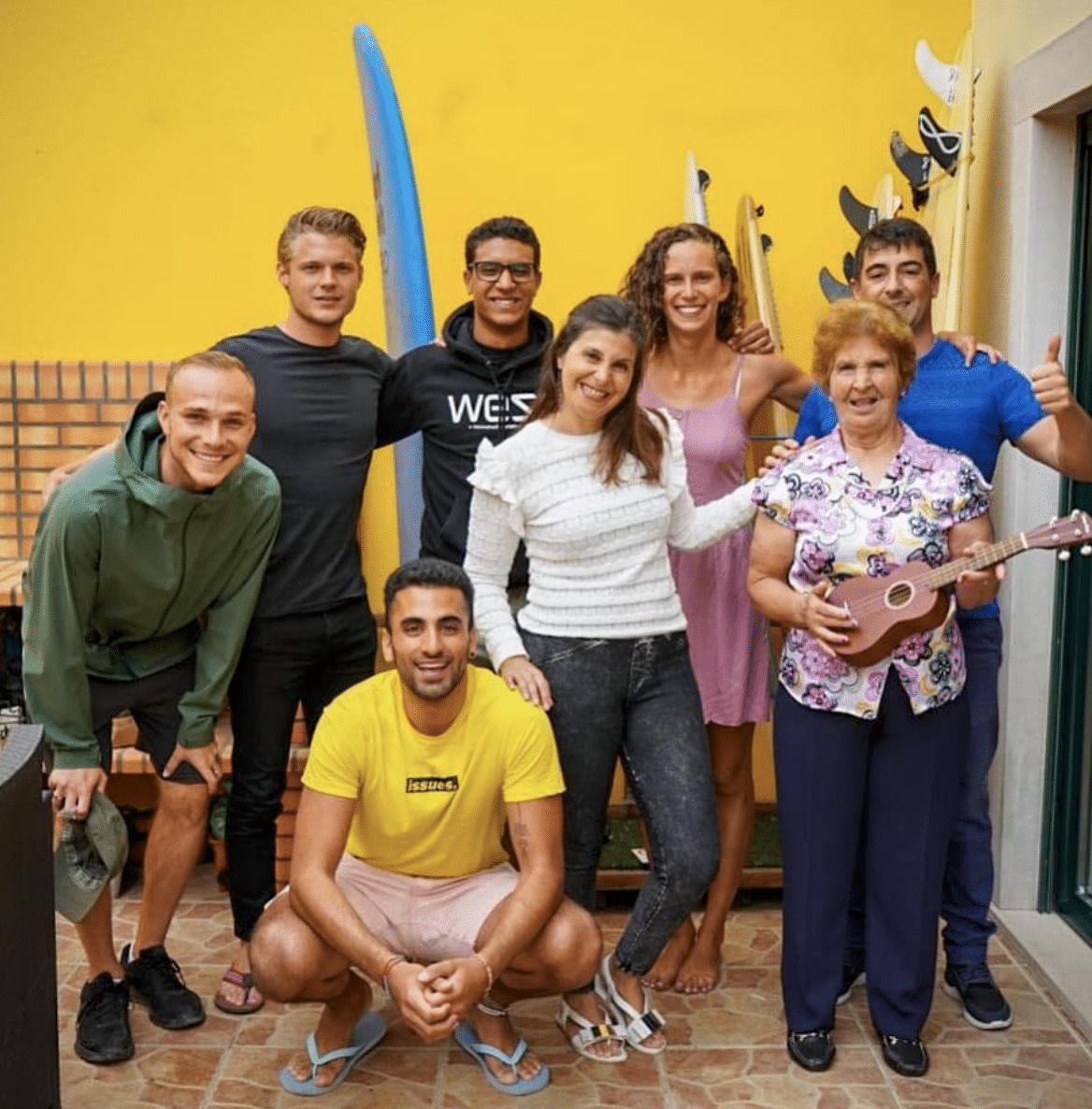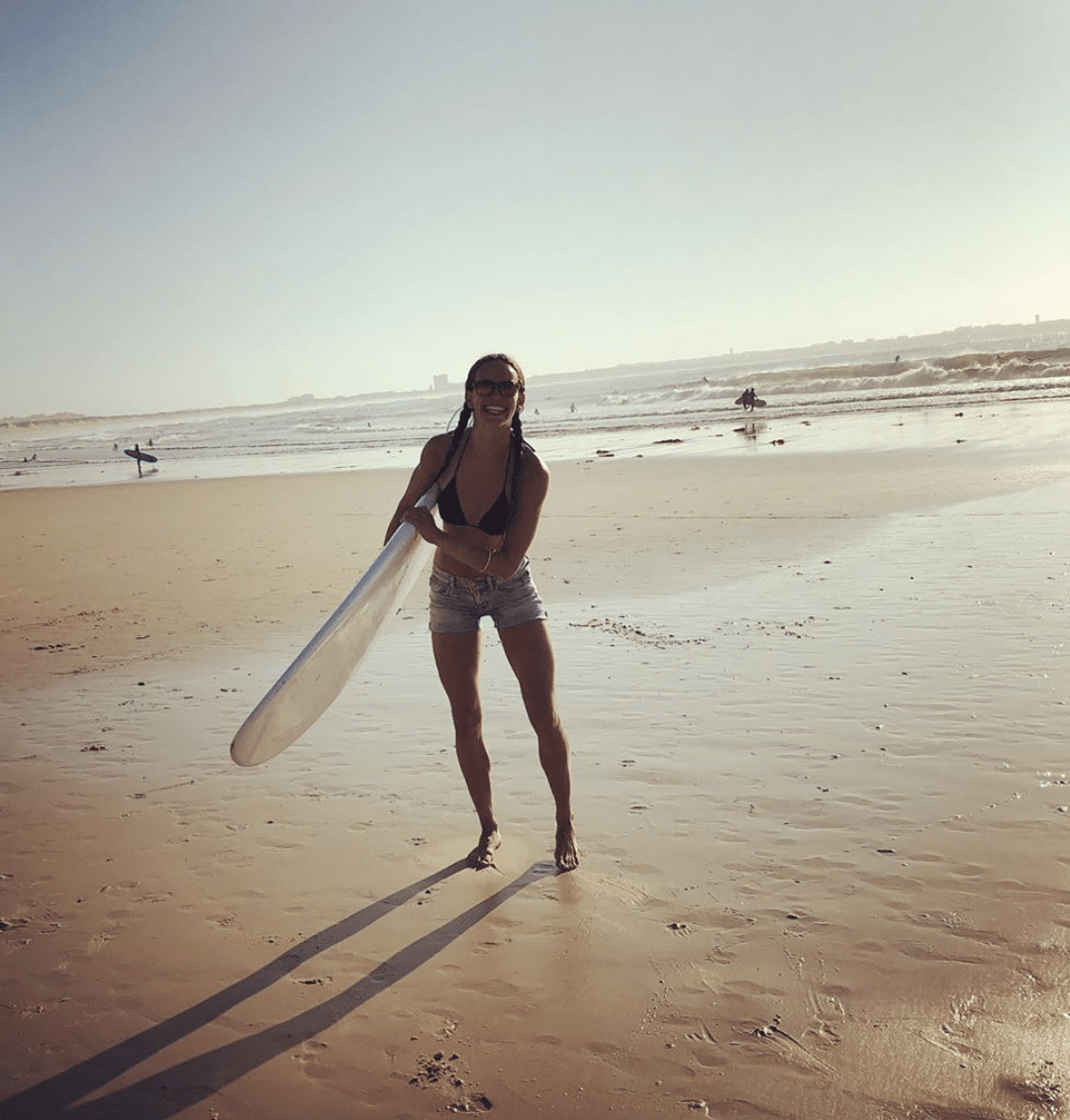Picture this: you’re sitting at a beachfront cafe, laptop and latte before you. Your hair is still damp from a morning surf session. You gaze out at the ocean, brainstorming for your next article. You take your time; there’s no one looking over your shoulder. You’re here because you want to be, you actually enjoy your work, and you decide when and where to do it.
Sound too good to be true? It’s not. Working as a traveling freelancer—also known as a digital nomad—is an increasingly common aspiration, and a reality for many. Every day more people choose to follow this dream, turning the concept of a traditional career on its head. And no matter how impossible it may seem, it’s only getting easier to make this lifestyle work.
How do I know? I did it. A few months ago, I quit my job, packed my bags, and set off to join the growing ranks of writers who can make a living from anywhere. It hasn’t been easy, or glamorous, or especially lucrative—but it has absolutely been worth it. Life as a freelance writer on the road isn’t just a catchy title; it’s a real possibility. And if you want it bad enough, you can do it too. Here’s how.
Step 1: Build a base
First of all, let’s be realistic. As tempting as it may be to quit your 9-to-5 and buy the first flight to anywhere, total spontaneity isn’t always the best option. If you’re thinking about becoming a digital nomad, you need to make sure you’re prepared for the transition. The first thing to do is build up your client base, so that you have a source of income set up in advance.
Personally, I started preparing several months in advance. While I was working at my normal full-time job, I was also putting in overtime to secure my own clients. This meant that I often spent nights and weekends working on freelance articles. It wasn’t just about finding the work; it was about building trust and stable working relationships before I traded my steady source of income for a freelance lifestyle.
How to get your first clients
I found most of my clients through personal and professional connections, plus plenty of networking. I subscribed to relevant job platforms, sent dozens of applications and emails, and attended events to meet people in my target industries. First focus on quantity; you need to get your name out there and give yourself as many options as possible. Quality comes later, once you can afford to be more picky with who you work for.
Beware: building a client base requires significant effort and energy. I made time in my already busy schedule for this because I knew that it would pay off later—and it did. Within about a year, I had several active clients and a large portfolio of published work to prove what I was capable of. This turned out to be invaluable when I finally reached the next step.

Step 2: Take the plunge
Now that you’ve found some clients and started building your portfolio, what’s next? You have to find the right moment to actually do it—quit your job, move out of your apartment, buy the flights… whatever it takes to get yourself on the road and become a traveling freelancer.
How will you know when the time is right? You probably won’t. If you’re like me, you’ll never feel totally ready for a change this significant. But if you have the opportunity and you’ve done the prep work, it’s time to bite the bullet. Once you’ve decided that this is what you want to do, all that’s left is to do it.
Ease yourself into life as a traveling freelancer
Maybe you have no qualms about heading to the other side of the world with no plans or reservations. But if this seems too scary, start small. Pick a destination where you’ve been before, or somewhere culturally similar to your home. You don’t have to go from 0 to 100 right away—there will be plenty of time for risks down the road.
When I first left my home in Madrid, I didn’t go too far. In fact, I went straight to somewhere I’d already been: a lovely hostel in Portugal where I knew that I would have the time and space to start my freelance career on the right foot.
Once you’ve arrived, go easy on yourself. Start to set up a routine, settle in and do whatever you need to do to feel comfortable. If you need some time off to relax and regroup, take it. To be honest, I spent a lot of my first week sleeping and recovering from pent-up stress. It may seem counterproductive, but after chilling for a week I felt much more grounded. That’s when the real work began.

Step 3: Hustle hard
You’ve done it: you’ve begun your new life on the road. Now it’s time to get down to business. Just because you’re self-employed doesn’t mean you won’t have to work hard. In fact, you’re going to face a whole set of new challenges. Specifically: staying motivated, managing your time and keeping up the momentum.
Depending on the kind of lifestyle you want, your daily schedule will look totally different. For the first few months, my day looked like this: wake up, spend a few hours on writing assignments, help with cooking and cleaning at the hostel where I was volunteering (in exchange for room and board), work for a while longer, and then spend the rest of the day on the beach or surfing.
As nice as that sounds, don’t fall into the trap of feeling like you’re on vacation. If you’re staying at hostels or hotels, everyone around you will be in a different mindset… waking up late, going out every night and spending lots of money. You don’t have to join them. Stay focused and work just as hard as you would at any other job. That’s the real secret to self-employment: it’s not that you have no boss—it’s that now you have to be your own.
Every digital nomad is different
Your schedule might look nothing like mine. You might work for eight hours a day from a coworking space, or wake up at noon and work until midnight. You might be in an Airbnb where you don’t have to worry about distractions, or with a partner who can help keep you motivated. And your daily schedule will probably change.
For example, after my first few months I took several weeks off. When I got back, I had to buckle down to make up for the time (and money) I’d lost. This meant less beach time, earlier mornings and a lot more coffee. It wasn’t as enjoyable, but I knew I had to push myself into an efficient routine. Once I felt financially secure again, I was able to shift back to a more relaxed schedule. That flexibility is one of my favorite things about this lifestyle.

Step 4: Stay at it
Here’s the thing about freelancing on the road: it’s not easy. Despite all the incredible advantages, it’s not going to be fun every step of the way. You’re going to face obstacles, setbacks and plenty of discouragement. Whether it’s financial struggles, homesickness or a chronic lack of sleep, you have to be prepared for the bad parts as well as the good.
That said, if this lifestyle is truly for you, you’ll know it. You’ll push through the bad days and focus on the good ones, because the freedom and flexibility make it all worth it. Just make sure you give yourself enough time to get some perspective. It might seem super easy or totally terrible at first, but you have to stick with it in order to make a sound judgment about whether you want to continue. Don’t give up too soon!
What comes next?
If the digital nomad life isn’t for you, don’t worry—at least you tried. And if it is for you, congratulations! You’ve joined the remote work revolution, which just might be the wave of the future. Either way, the experience of being location independent is immensely valuable. You’ve made yourself vulnerable and taken a big risk, and this will make you a stronger writer—and person—no matter what.
Personally, becoming a traveling freelancer was one of the best choices I ever made. I’ve spent the last five months literally living out my dreams. Things that seemed impossible a year ago are now my daily reality. I have the freedom and independence I’ve always wanted, and I’m managing to make enough money to keep going indefinitely.
That said, I don’t know if I’ll feel like this forever… maybe one day I’ll get tired of all the instability, stress and uncertainty and decide to settle down somewhere. But for now, I’m focusing on what’s right in front of me: one assignment and one month at a time. And if there’s one way to truly enjoy the present, that’s it.
If you’ve always wondered what a location-independent life might be like, there’s only one way to find out. Build that base, take that risk, work harder than you ever have before, and who knows? You might discover that the life of your dreams is right at your fingertips.

